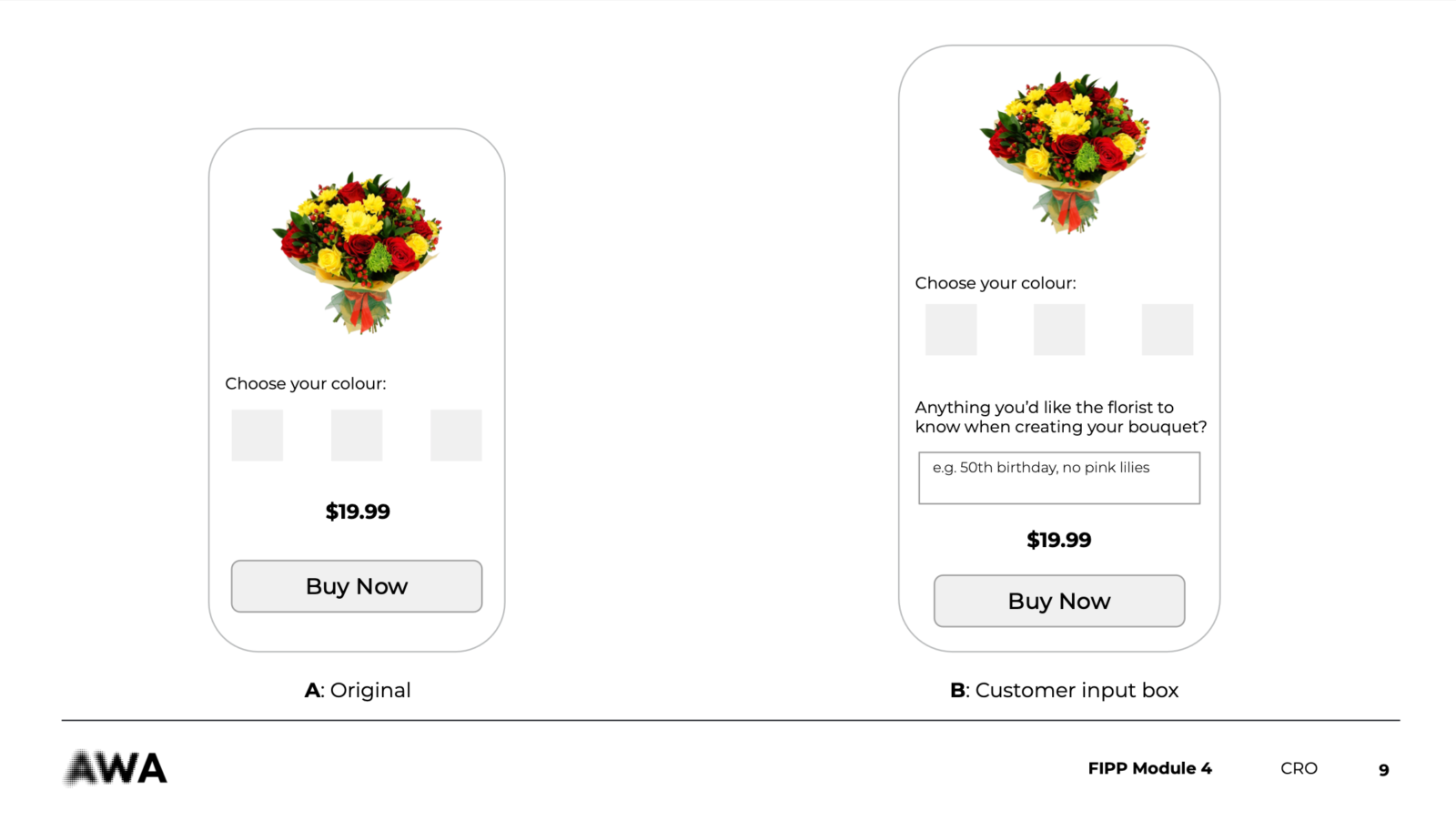FIPP and Tipser’s e-commerce course Week 4: Conversion rate optimisation
FIPP’s latest e-commerce course module in partnership with Tipser took a deep dive into conversion rate optimisation. Course Host, Damian Radcliffe, was joined by Johann Van Tonder, COO of AWA – a world-leading CRO agency with clients including Nike, Canon, Woolworths and Toyota.
In kicking off the session, Radcliffe introduced eight key trends that are already shaping the e-commerce industry, and look set to accelerate over the coming years:
- Social commerce
- Live streaming
- The emergence of AR
- Visual search
- A new era of influencers
- New payment models
- The return of the Chat Bot
- Shoppable video
“Arguably the biggest and most prominent of these eight trends is around social commerce,” said Radcliffe. “This of course includes the transactional capabilities of e-commerce, but also encourages us to think about the kinds of relationships and ways in which we interact with social media. It’s a space that we spend huge amounts of our time in – multiple hours per day in many cases – often following brands and influencers. But also our friends and family as well, and their habits and behaviours are things that they’re sharing, which can influence us.”
“This market is already pretty big and it’s led by China. So when we’re looking at social commerce and the future of this space, a lot of the innovations that we’re seeing are coming out of China and in particular the chat apps that we see there. The market there is currently worth US$350bn in terms of sales that are taking place on social platforms.”
The Science of Optimisation
In the second half of the session, Johann Van Tonder joined us from Cape Town, to give us his insights into how to implement a scientific approach to increasing online revenue.
“Ultimately what we’re talking about today is how to increase your online sales – or your e-commerce revenue – demonstrably. But revenue is something that is looking in a rear-view mirror, it’s not something that you can act on directly. It’s the outcome of things you’ve done today, tomorrow, next week and so on… So to make things more actionable you have to trace everything back a few steps and find the levers you can pull. And if you can pull those levers, then out spits revenue.”

He began by offering the most basic equation needed to calculate online sales: Number of Customers X Average Spend = Revenue. But explained that this was an oversimplified view of the optimisation process, and that in order to achieve success, a number of other variables then need to be considered.
“What a lot of people do – and this is a real rookie mistake – is they focus their strategic attention on attracting more visitors. And that’s easy to do, right, because it’s visible… you can track it very accurately and spend more money to buy people onto your site.”
“But ultimately site visitors is a vanity metric. It gives you the warm and fuzzies, but it doesn’t actually lead directly to revenue. So it makes sense, especially if you’re buying traffic into your site, to spend at least as much effort on trying to convert those visitors. And that’s part of what we’ll be looking at today, as well as other levers like average spend.”
He showed two similar purchase pathways for – in this example – a bouquet of hand-crafted flowers. Because the bouquets are hand-crafted, and from prior research, we know that customers often like to have a little bit more control in terms of determining the exact make-up of their order. So the pathway on the right contains a box for additional instructions, encouraging people to write down their wishes before ordering.
But which one is more optimal, he asked the audience, in terms of purchase completion? Well, the box on the right proved to be more effective… on desktop! On mobile, the results were flat. In other words, the addition of the comments box did not encourage further purchase completions on mobile devices, even though they did on desktop!

More generally, Tonder’s views provided a fascinating insight into the importance of scientific optimisation, testing, and a pragmatic understanding of the customer journey across multiple platforms. It was an engaging session that brought much of the previous learnings into practical focus, in terms of actually growing e-commerce sales.
You can find out more about the wider FIPP-Tipser e-commerce training course here.










